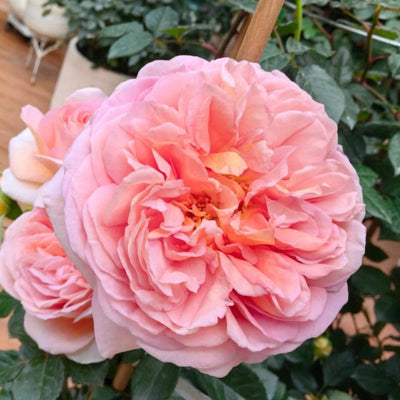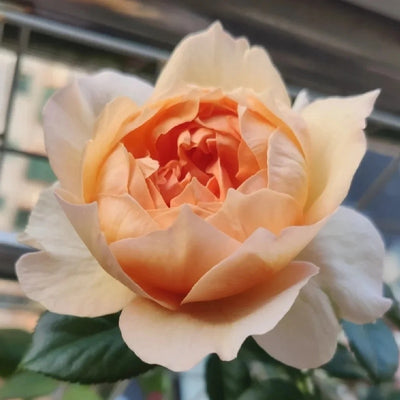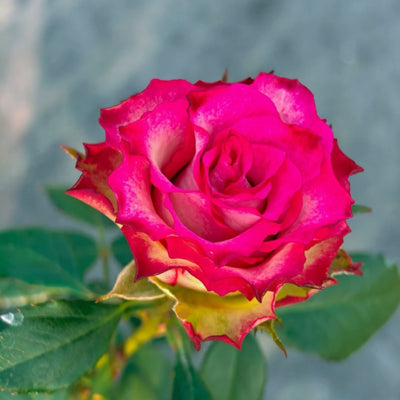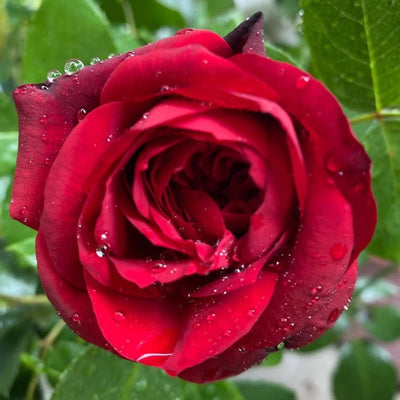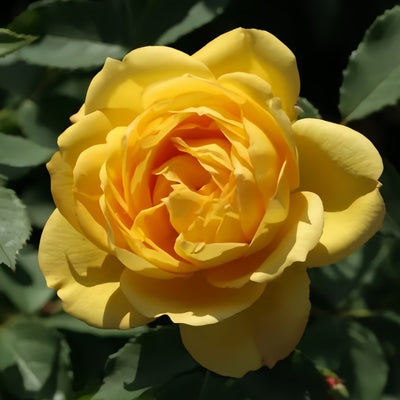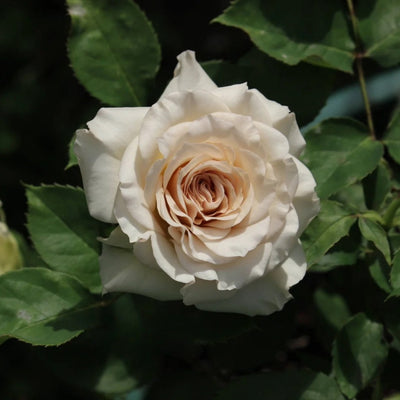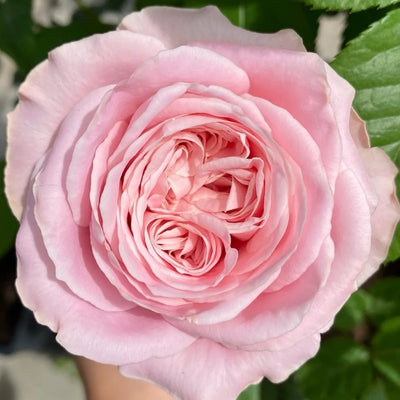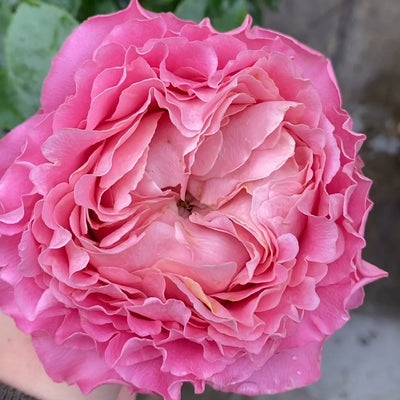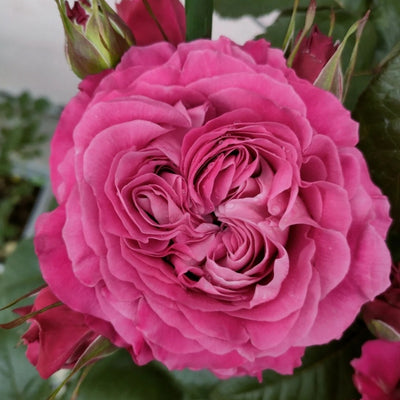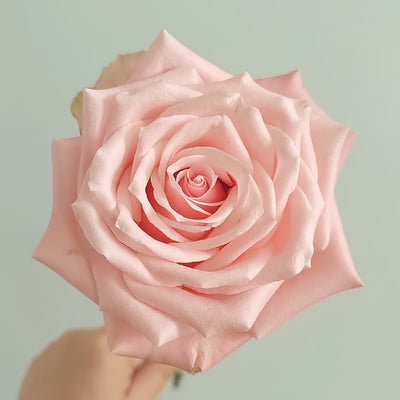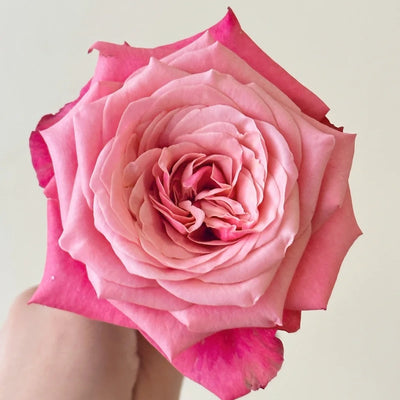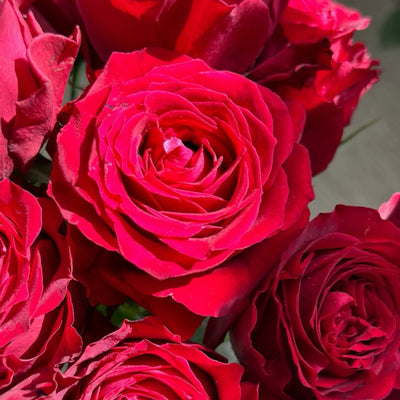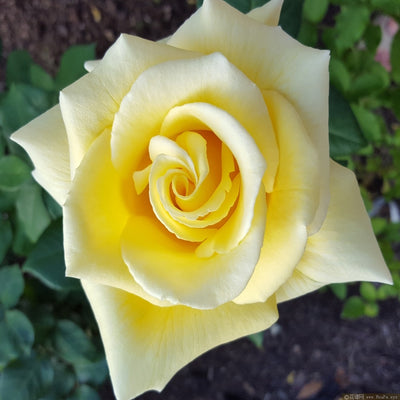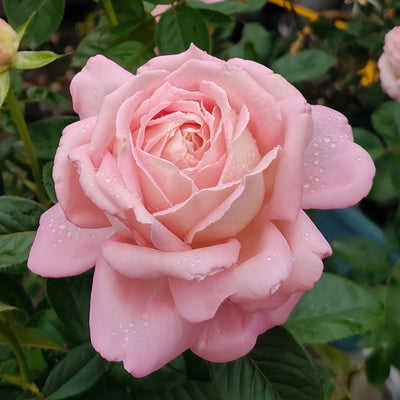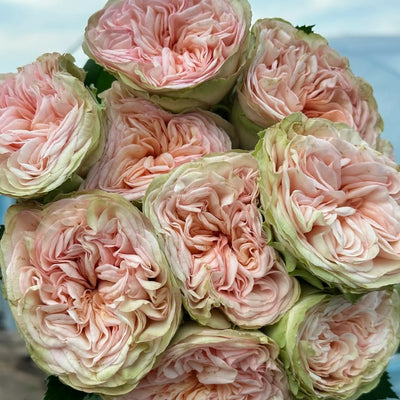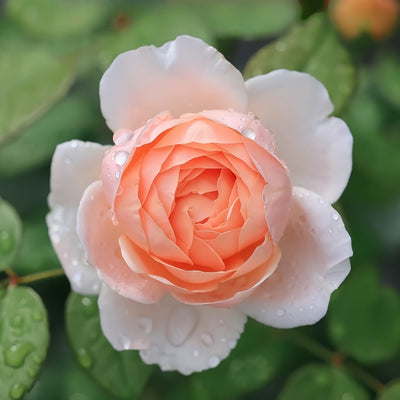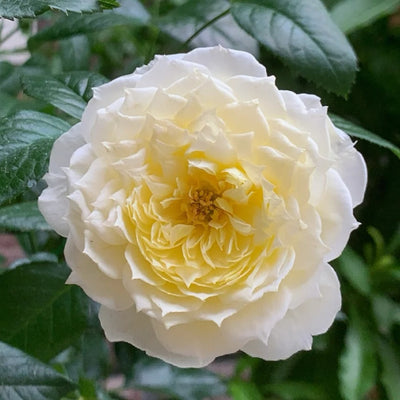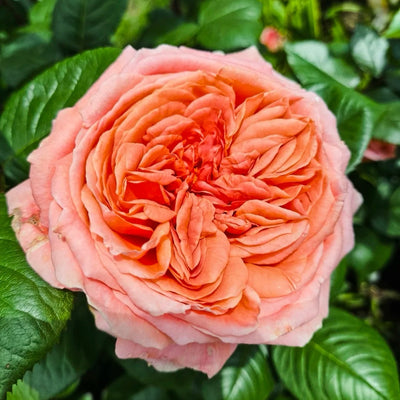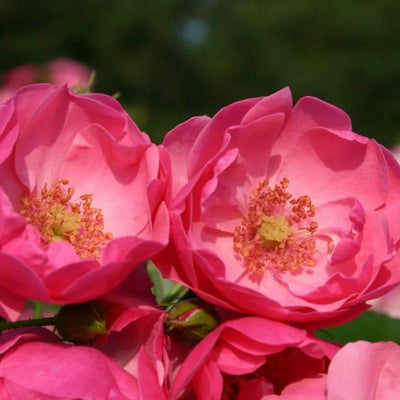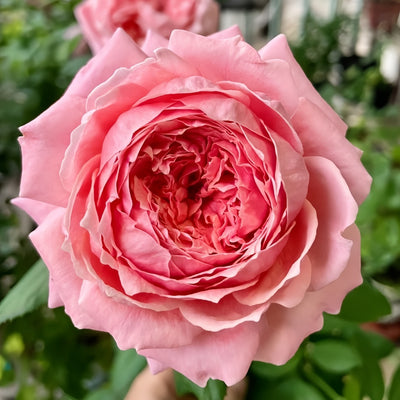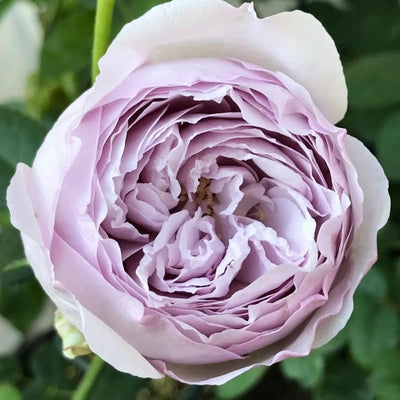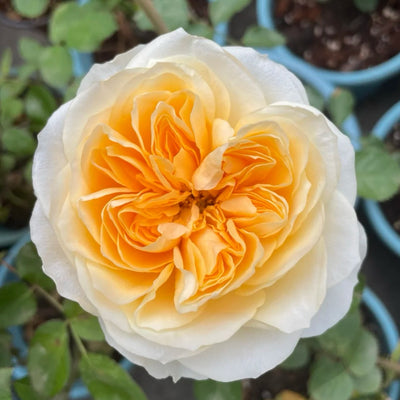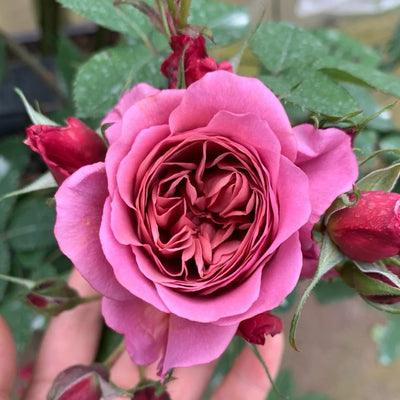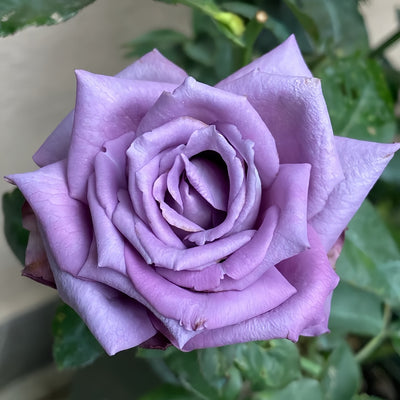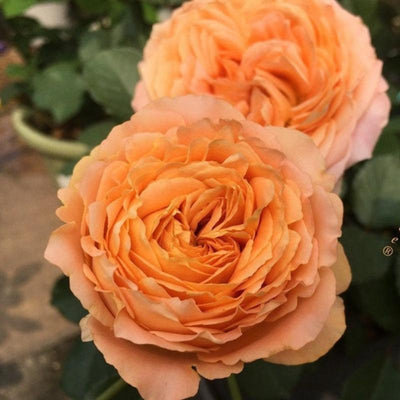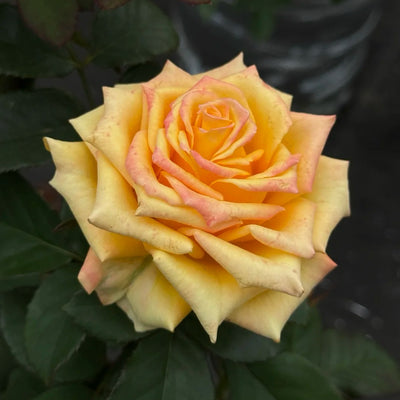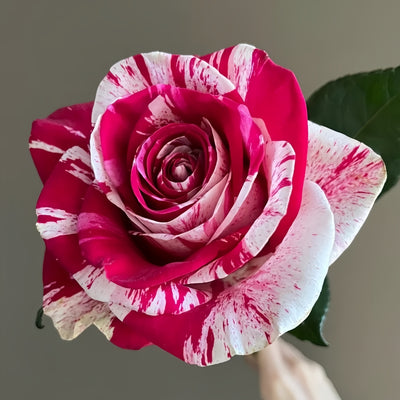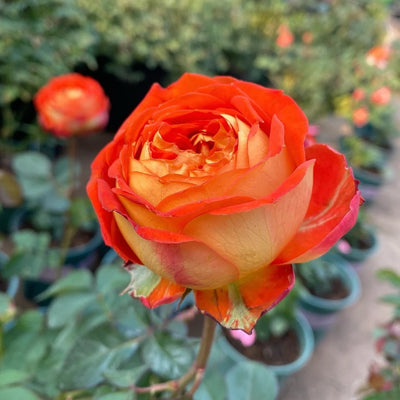🔥 Recommended Product
Masora Rose Growing Tips: Real Experience in Zone 10
Growing roses in warmer climates can be a challenge, especially in USDA Zone 10 regions like southern Fujian or parts of southern China and Southeast Asia. However, Masora Rose has proven to be a resilient and rewarding variety even in these conditions. Based on my personal experience, here are some practical tips for growing Masora and other roses successfully in Zone 10.

1. Climate Suitability
Not all roses thrive in hot, humid environments. Generally, the best rose-growing regions in China are between Hangzhou and Chengdu, with milder climates. But with careful selection, some varieties can adapt well to the heat. Masora Rose is one such heat-tolerant Japanese variety that performs well in Zone 10. Before buying, always ask your seller whether the rose is suitable for your climate zone. Remember, the right environment is key to healthy roses!
2. Sunlight & Placement
Roses love full sun, but in extreme summer heat, some protection from strong afternoon sunlight is essential. My Masora Rose is placed on an east-facing balcony that gets sunlight until about 1 PM in the summer and much less in winter. During colder months, I move the plant closer to the edge to get more sun, and in summer, I shift it slightly inward to avoid scorching midday rays. If your winter sunlight is limited, supplemental light or relocation may help.
3. Watering & Soil Tips
Overwatering is a common mistake, but the key isn’t just the amount—it’s your soil mix. I use a light, airy blend of peat and coco coir that drains quickly. Even with frequent watering, my Masora Rose has never had root rot. Always use pots with trays, and during heavy rains, remove the trays to prevent water accumulation. A breathable, well-draining soil allows for more flexibility in watering without harming the plant.
4. Pest Management
So far, my Masora Rose hasn’t had serious pest problems. Outdoor placement with good airflow helps reduce the risk. However, I gave cuttings to friends—one grew her rose on a stuffy balcony, and another indoors—and both saw spider mite infestations. After relocating the plants outdoors with better ventilation, the pests disappeared. In denser rose bushes, I’ve seen webbing from mites, so I started bending and spacing branches to improve airflow and light exposure. I’m still observing the effects, but it seems promising so far.
Conclusion

While growing Masora Rose in Zone 10 may require some adjustments, it is entirely achievable with the right care. With proper sunlight management, breathable soil, and good airflow, this apricot-pink, fragrant Japanese rose can thrive and bloom beautifully. Whether you're a beginner or experienced gardener, Masora is a lovely choice that brings both visual and aromatic joy to your garden.





















